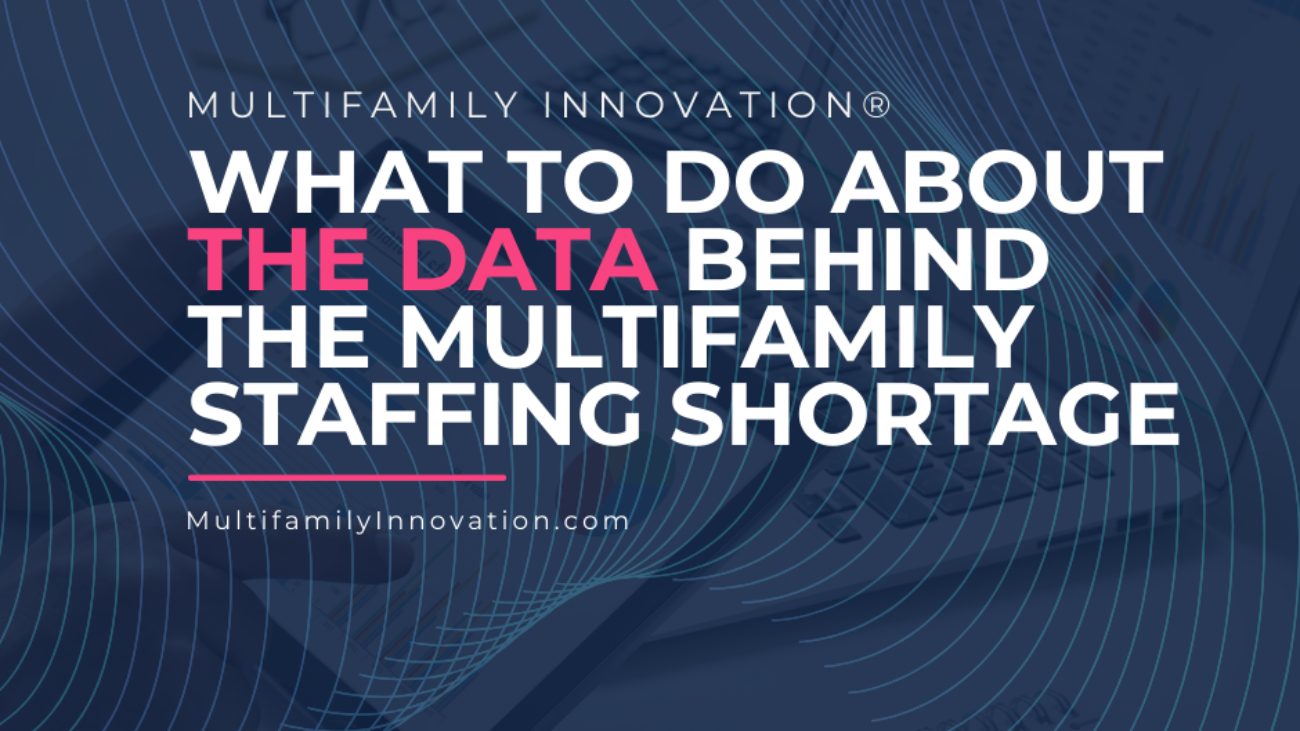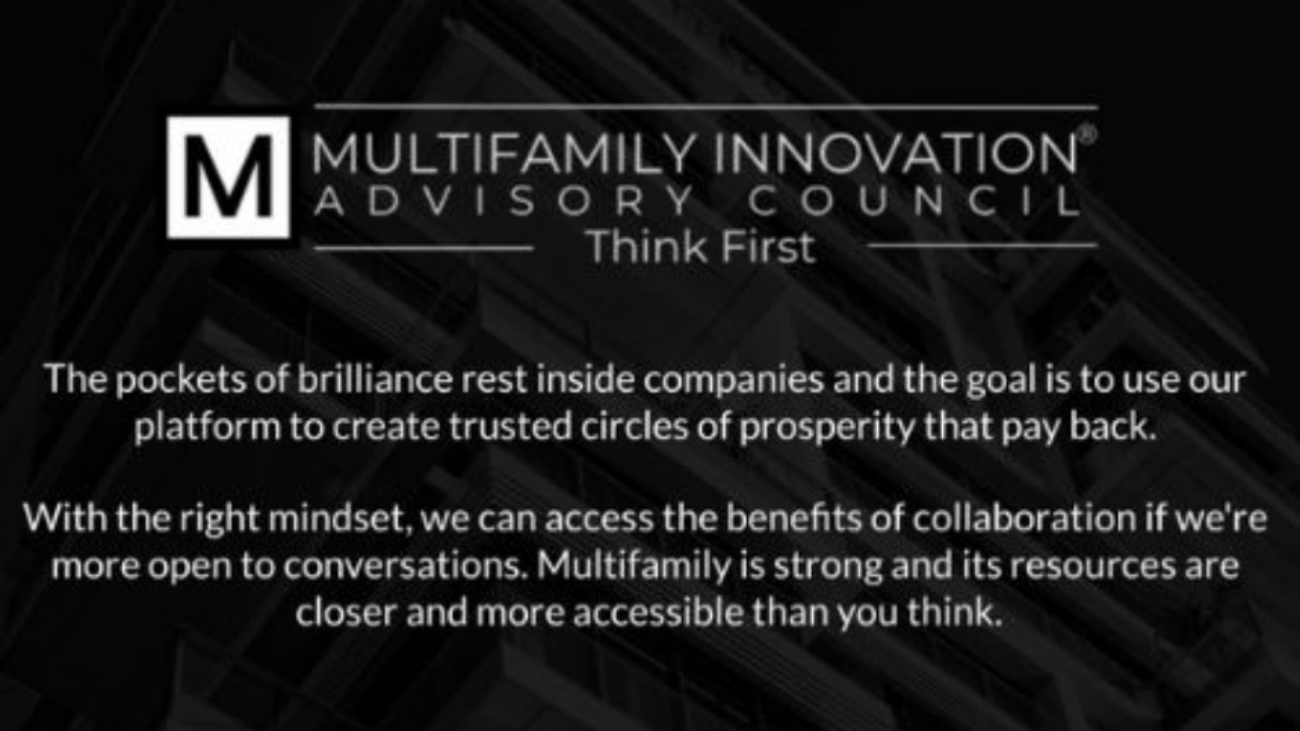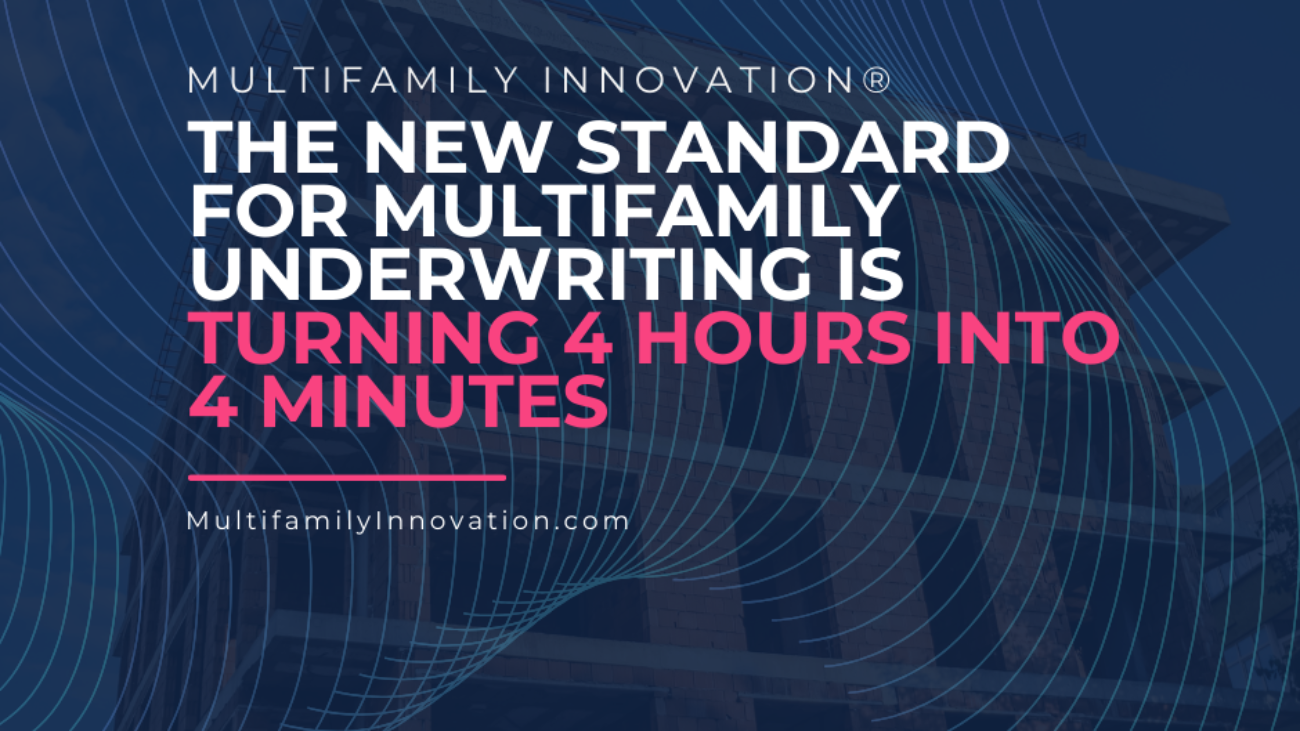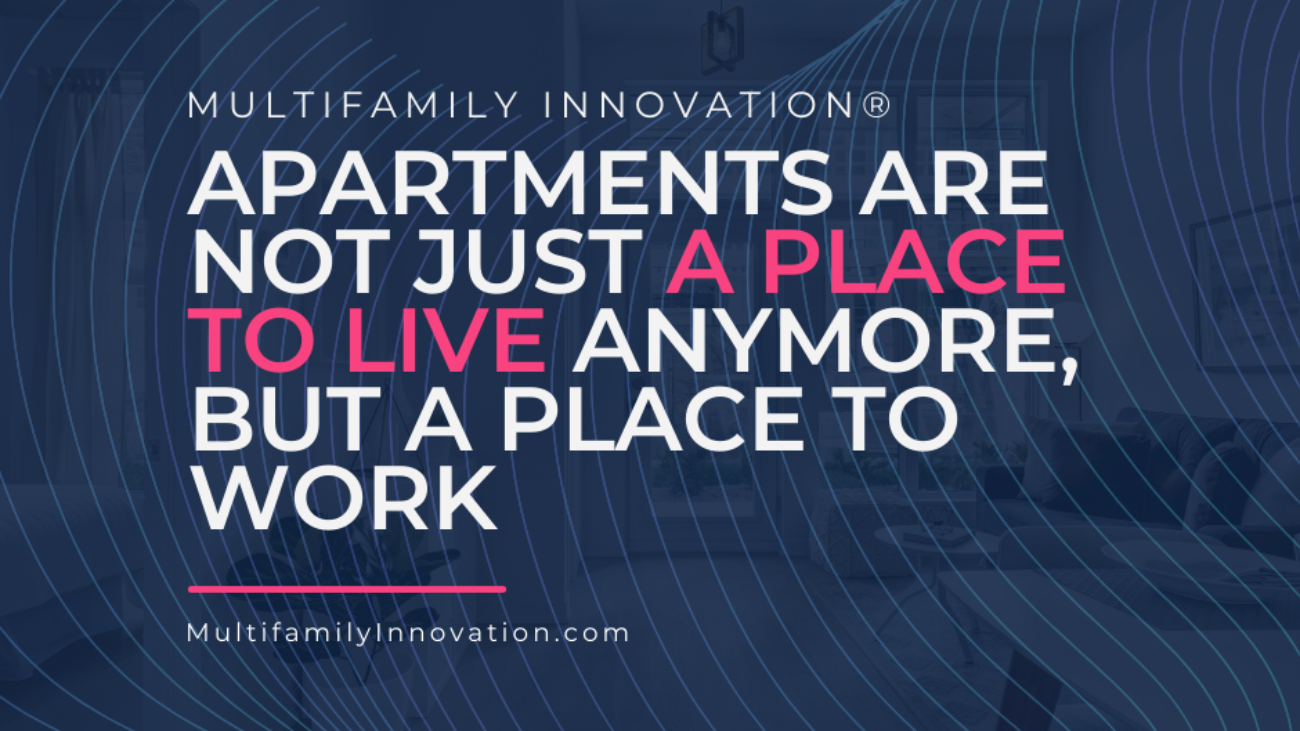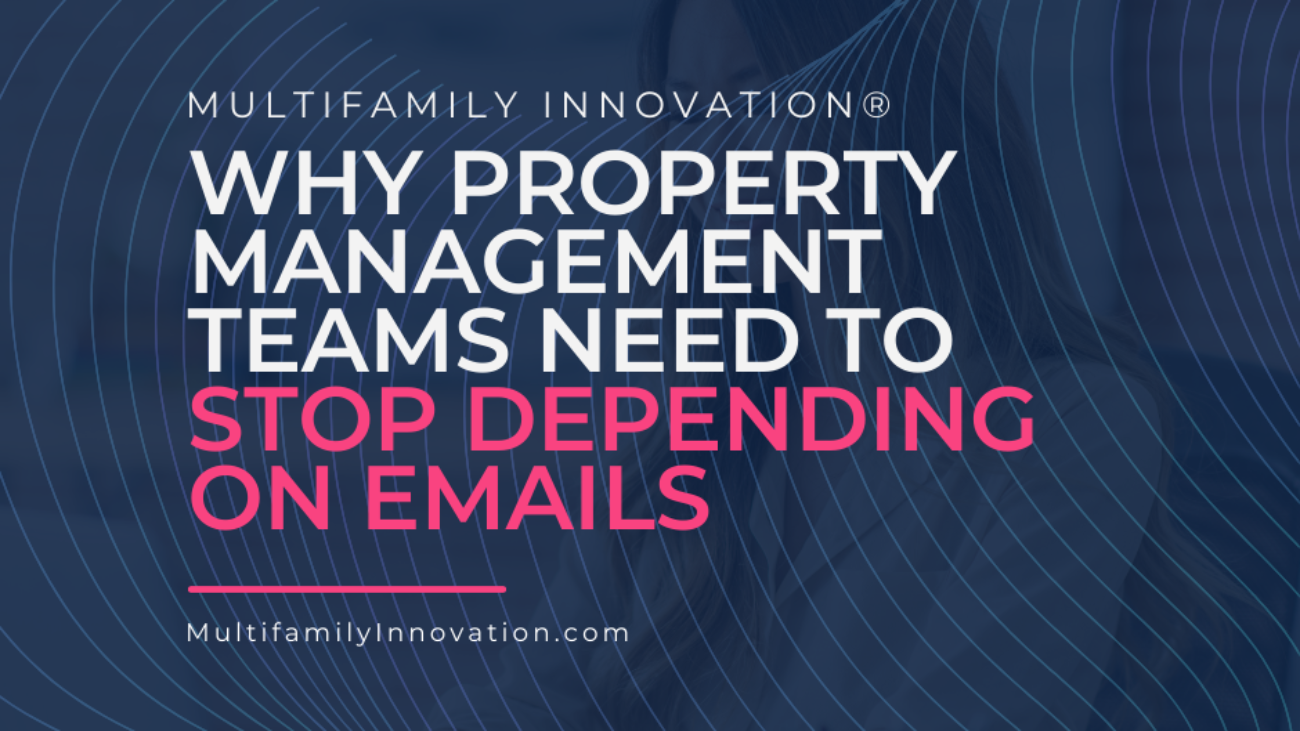In this episode of the Multifamily Innovation Show, Patrick Antrim hosts Trevor Park, a specialist in multifamily and real estate development who now serves as the Head of Marketing for a software company called BetterBot.
[fusebox_track_player url=”https://traffic.libsyn.com/secure/multifamilyleadership/Why_Property_Management_Teams_Need_to_Stop_Depending_on_Emails_1.mp3″ title=”Why Property Management Teams Need to Stop Depending on Emails” artist=”Patrick Antrim” background=”default” download=”false” social_linkedin=”true” social_email=”true” hashtag=”multifamily, #multifamilytechnology, #multifamilyinvesting, #multifamilyoperations” twitter_username=”inmultifamily” ]
BetterBot is based out of Seattle. Park’s goal is to connect people and to provide them with strategic solutions through world-class support and good data. BetterBot is a sophisticated AI chatbot. It aims to give people their time back and create more freedom in when, where, and how people can access their information. The company views itself as customer-centric.
Key Topics
(2:20) – Getting away from emails
“300 million emails are sent each day, and only 18% are opened,” says Antrim, turning things over to Park to explore why that is.
Park answers that the main problem is the sheer volume of emails sent out. BetterBot helps reduce the number of emails coming in, and ensures the emails that do arrive are better leads. That frees up lots of time for property management teams.
Park says BetterBot can also help with resident retention, explaining, “By freeing up the front end, it allows you to focus on that back door.”
(4:40) – The way people consume information is changing
People want things instantly these days. BetterBot gives them instant responses, leading to a massive improvement in rent conversion times. Conversions started happening in about 13 days rather than 45.
(6:30) – Lessening touchpoints
Since BetterBot handles a lot of the preliminary questions, you don’t need to have as much back-and-forth over email.
(7:40) – The Handoff
BetterBot doesn’t try to trick people into thinking they’re talking with a human; it’s very clear and upfront that it’s a chatbot. With email nurturing, they also offer things people can do online rather than needing to connect with a human.
Park believes the handoff between the automation and the human is one of the most important parts of the technology. AI doesn’t do things better, it’s just different, and Park wants to create a good interaction and workflow between technology and humanity.
(10:00) – Texting
People are already used to being on their cell phones constantly. That platform is similar to chatbots because you can send messages without having to worry about someone being active on the other side; you can even send automated messages. Some companies have AI guided text conversations to help people make purchases or get tech support.
(11:40) – Prospect interaction
Almost 60% of traffic is coming after hours, Park says. When things come in during working hours , the leasing agents can handle it, but it’s the late-night hours when direct interaction is most valuable. The company that responds right away is more likely to get that person’s business. Plus, it’s expected! People want instantaneous results.
(14:20) – Building a bot
It takes BetterBot 3 days or less to build a bot tailored to your apartment. Then, they can adapt that so you can have it across your entire portfolio.
“By having that level of data come through, you’re able to really evaluate where the trends are coming from, where are you seeing the best ROI from your marketing sources, where are you seeing the most traffic, what’s converting well? You can start to evaluate it on a much grander scale,” explained Park. “When you’re looking at isolated data points, you can really be blinded by initial results and skewed data.”
(16:30) – Why trust BetterBot?
It’s all in the data. They’re at almost 100 million greetings. That’s 100 million data points and prospects they’re directly influencing. From those, they’ve had close to 50,000 conversions, which is an enormous impact in the market.
They’re also very transparent about sharing data points, even when it shows disappointing news. Even bad news gives you insight into trends you can then remedy.
(18:00) – The evolution of BetterBot
The company was originally focused on natural language processing. They chose to go with guided conversations instead. Those conversations work like a choose your own story book. They built from there, integrating things like virtual tours. They also rolled out email nurturing bots recently. Now, they can map what best leads to good conversions.
They want to evolve more to the resident side of things moving forward. Now, you can learn more about the resident experience even while using the chat bot.
(23:30) – Why don’t more properties use BetterBot?
BetterBot focuses on the U.S. but does have some links in Canada. Park believes the only reason it hasn’t expanded even further is because of the cost. They don’t do per-unit cost, it’s by property.
“I would say if you take your total web traffic and take out 60%, that’s pretty much the miss you have right there,” said Park. “Not being able to answer questions for people who look at your website, that’s 60% of traffic that you’re losing. Then factor in the number of emails you’ve gotten and the ones you’re able to follow up with.”
By factoring in the number of leases most properties miss out on, Park believes BetterBot pays for itself. When people try out BetterBot’s demo, they see how efficient it is.
Keep in mind, not all leads are qualified; some people are just checking out a tour or looking at the units. They might not be a lead worth nurturing off the bat, so BetterBot helps weed those out rather than leasing agents wasting their time.
(28:00) – How does this work with email?
Chatbots are limited to marketing links and websites.
“Where email comes into play is pretty much everywhere else,” explains Park. That could include places like Zillow, where people might click a link to send an email. The property can’t always follow up, so BetterBot responds for them and instantly engages with the prospect, then driving the prospect to the chatbot to schedule a tour.
BetterBot has tracked how response time influences successful signing of leases. More often than not, the first property to respond is the one that got the lead.
(30:30) – The future of leasing
Park thinks virtual tours are going to dominate the digital space. As in, being able to see the 360 view of the space while online.
“Then, when we start getting into when they’re about to convert and they want that tangible piece, this is where I truly value having a leasing agent being able to show me through a property and give me their elevator pitch on why this community is awesome,” said Park. “But I see the benefit in self-guided tours. I see being able to take yourself on your time after hours, before the office is open, what have you, and being able to actually tour the property without having to be beholden to a leasing agent’s schedule. That was huge.”
Park predicts those two will fuse, so people will be able to choose the time and day and that will determine whether it’s self-guided or not. If someone is available to host the tour, they’ll be there; if not, you can do a self-guided one.
(33:40) – Emotional vs. Logical buyers
Antrim points out that not all sales people or leasing agents are good at everything; some are good at details in the property, some are good at building strong relationships.
Park worked at Greystar for a bit and knew people who were fantastic at building relationships. People would check in just to be friendly and chat, not simply engage for transactional purposes. A chatbot can’t do that.
(35:40) – What’s it like to work at BetterBot?
“It’s like a job I have yet to consider an actual job. I get to test out new things, I get to build things, I get to explore what works and doesn’t work,” said Park. He doesn’t have a fear of failure, because everything is a team effort.
BetterBot has two different stakeholders: they have to evaluate what the consumer needs from a quality experience; but they also have to factor in their client and how they engage with the onboarding experience, reports, and so on. Those factors always have to be top-of-mind.
(39:20) – Handling tough conversations
Park says being transparent and sharing data is the best way to communicate. That’s the best way to find solutions. Maybe the company’s website is outdated and isn’t a good platform for the chatbot; maybe the chatbot is sending good leads but the agents aren’t closing them. Better performance requires a better picture of what’s going on.
Antrim points out that the multifamily industry has tons of smart people but has historically fallen very behind in technological advancements. For those that have been avoiding new tech, they’ll need to jump on soon. It’s a good time to do it, since technology is becoming more affordable and there’s more evidence to prove how automation pays for itself.
Park points out that onboarding takes time and effort; by fixing the onboarding process early and understanding what it takes to do that gets the company over that hurdle.
(44:50) – Final thoughts
Be more open to new tech solutions. Adopt one that fits your company, not one that fits the exact immediate solution you need; that way, you can build on the tech moving forward.






